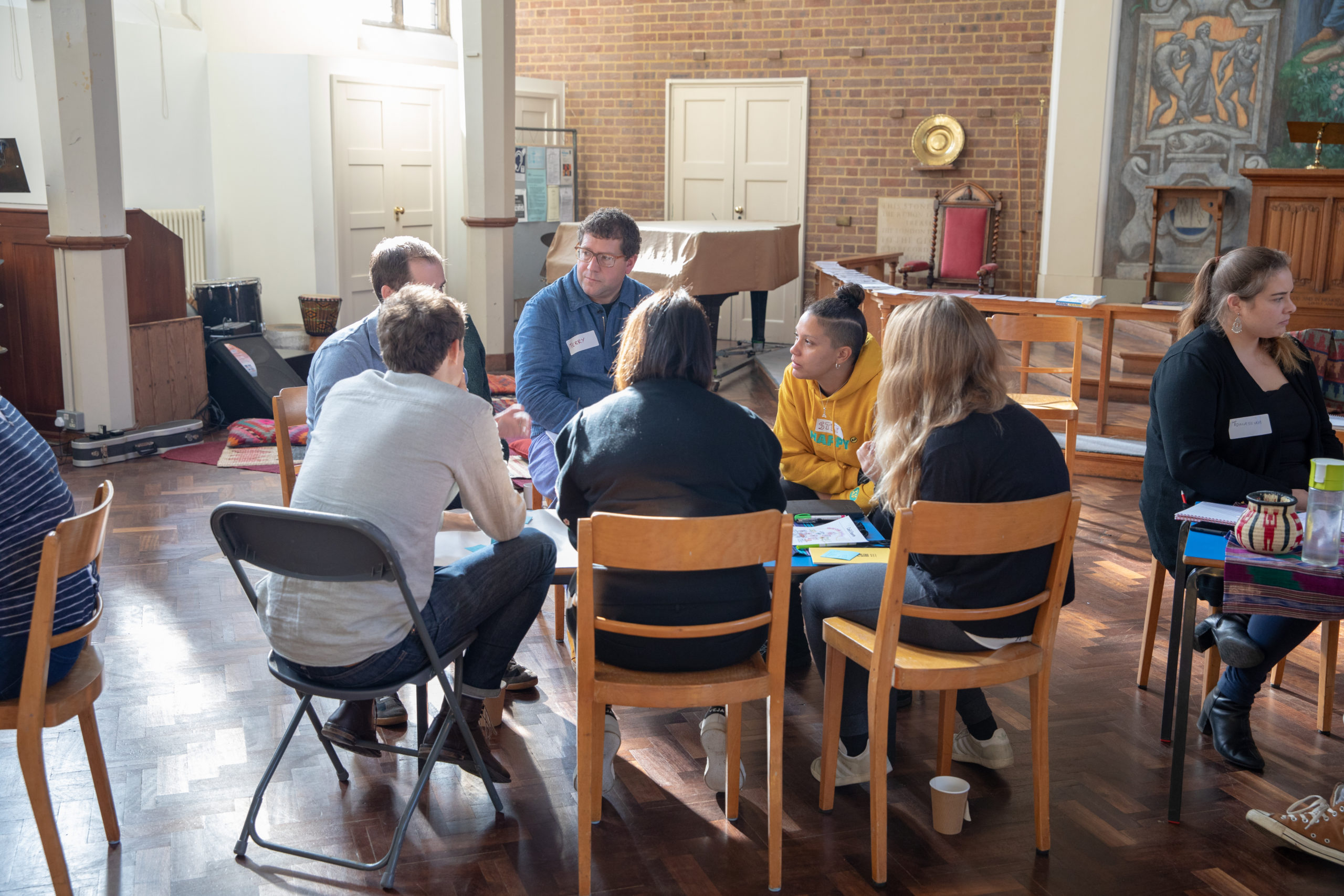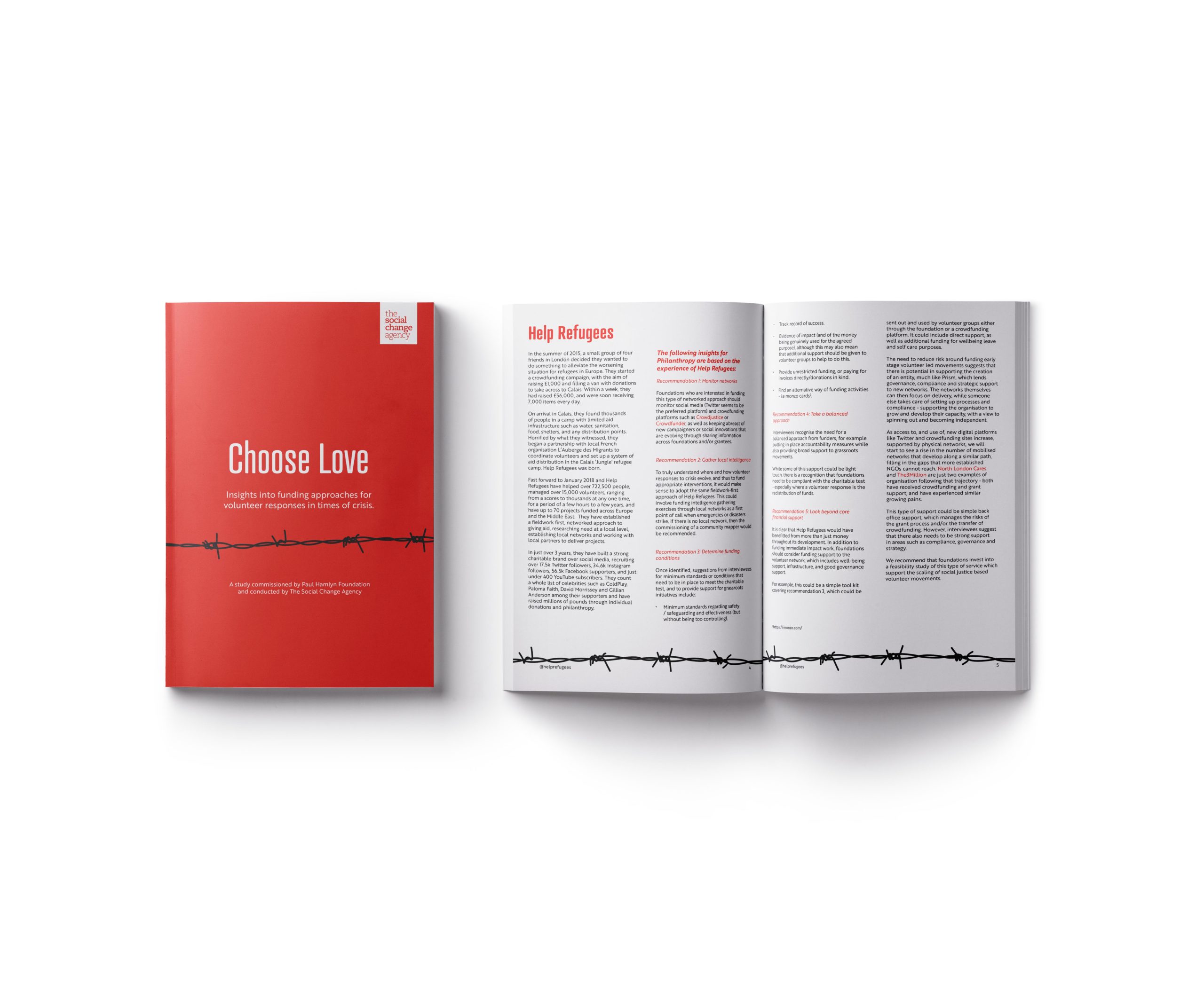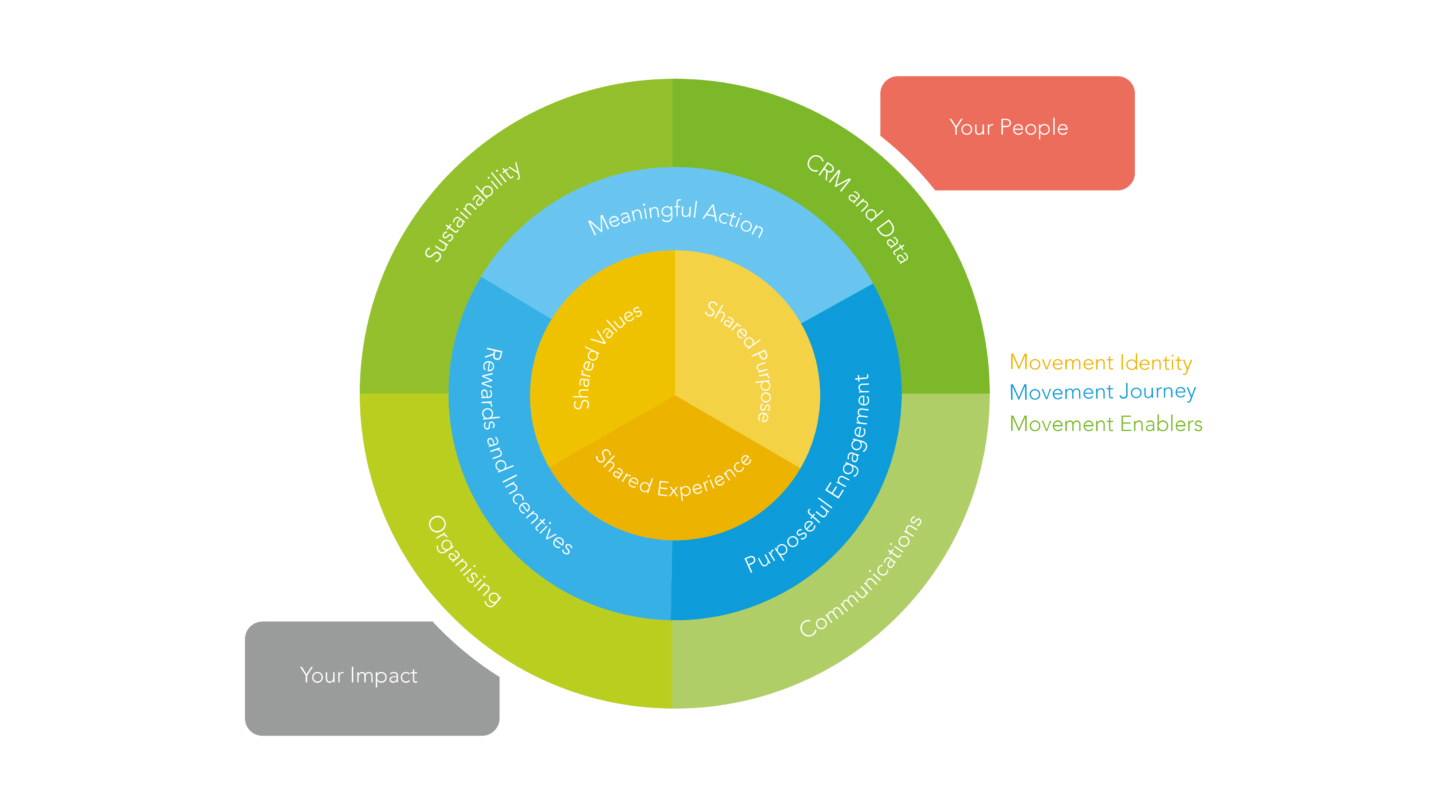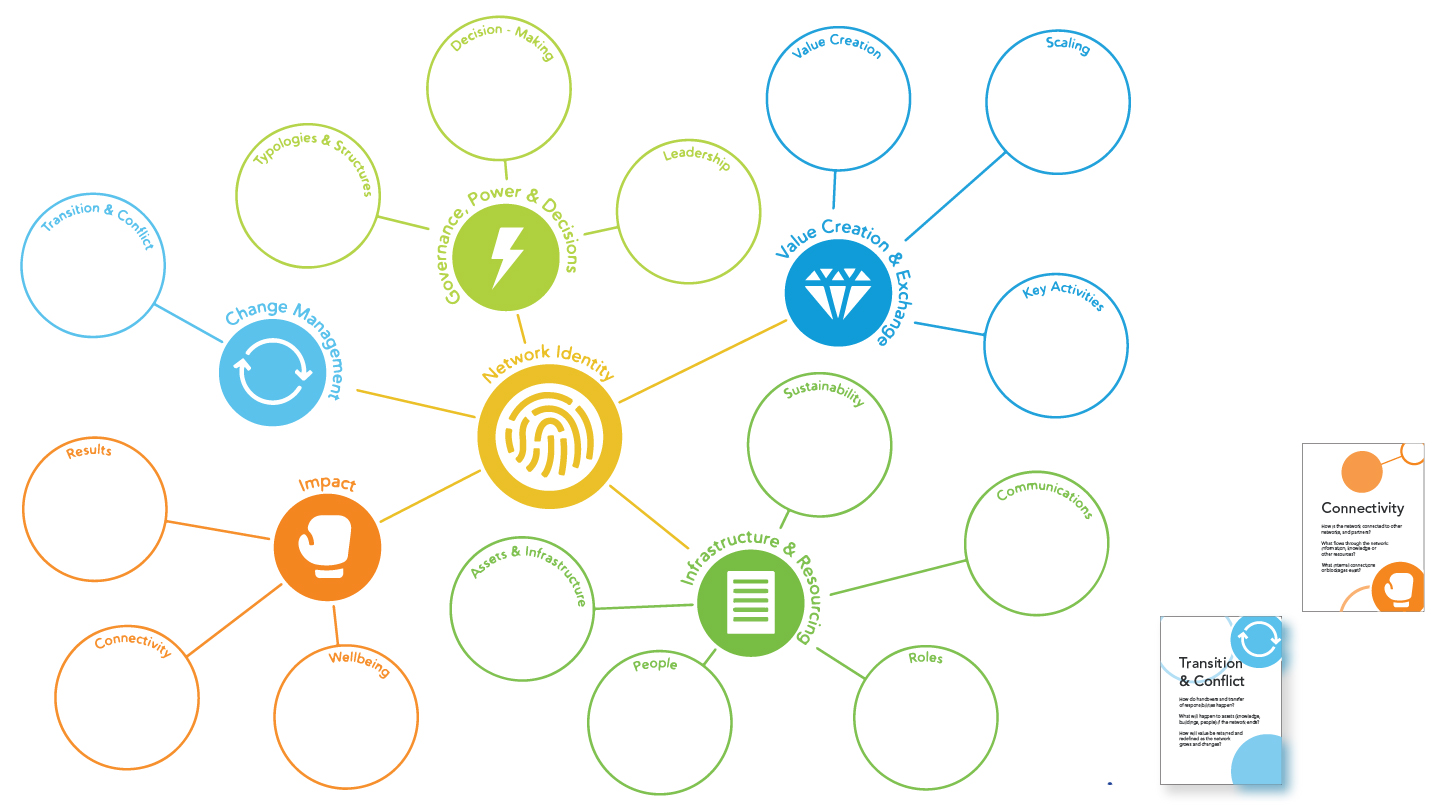The current pandemic – Tackling burnout in the social sector

The following blog post was written by Grace Sodzi-Smith, Partnerships Manager at The Social Change Nest
Why so stressed?
Burnout is ‘a state of physical and emotional exhaustion’ which, since 2019, has been recognised by the World Health Organisation as an occupational phenomenon. Harvard Business Review previously completed a study showcasing that individuals within companies who are more interested and willing to help society, are also more likely to overload themselves with too many responsibilities, depleting their personal resources (2018).
Now, this is no surprise. One thing experience within this sector has taught me, is that people work for charities and non-profits because they want to make a difference. This focus on achieving social impact, ignites our human instinct to care for others (Keltner, 2004) and thus intensifies our roles such that we are not just employees, but change makers. It is no wonder that this pressure can force our work-life balance to go slightly askew.
National Stress Awareness day was on 2nd November, and it got me thinking how normalised stress, over-working and burnout currently is. Whilst I have been managing my own stress and exhaustion levels over the past couple of months, I thought I’d share what I have found useful.
So, on the back of the receipt from my most recent book order (Freedom Dreams: The Black Radical Imagination by R. G. Kelley – go read it, you won’t be disappointed), I designed this incredibly scientific and complex scale:

Where are you on the burnout scale?
🔵Blue = you are happy, you are healthy, you have got the work-life balance sorted. You have time to see your friends and do things you enjoy just for the fun of it, and stresses at work aren’t dominating your mindset – or if they do, it’s for a short and manageable while.
🟢Green = maybe you are not completely happy at work – there might be some light stressors arising which are manageable, but cause you to be slightly hot under the collar. The end is in sight though, and you are able to be open and honest about how you are feeling with others.
🟠Orange = oh no, we are over the halfway mark now – the stress is ramping up and your mental and physical resources are becoming weaker. You say ‘I’m fine’ in team meetings, but really you’ve started dreading work. You are trying to maintain a work life balance, but it is difficult when there are so many pressing issues to deal with
🔴Red = the stress doesn’t feel too much anymore, you’ve just kind of submitted to it. It feels a little bit like there is a rain cloud constantly above you, and you are struggling to remember a time when you didn’t feel this way. You feel disconnected from your team, and would rather keep quiet about your true feelings, as it seems everyone else is okay.
5 ways you can help prevent burnout
Let me ask you a question – where are you on this scale right now? What part of it do you tend to reside in most of the time? And are you taking any precautions to prioritise care and prevent slipping over into the next stage?
Here are five things that have helped me, and colleagues I have worked with over the years, prioritise care:
1. Do not glorify ‘busyness’ in the workplace
As much as capitalism would have us believe that working harder means greater reward, it can be detrimental to the longer-term progress required for social change.
2. Get to know yourself, your working patterns, and don’t feel pressure to conform
Every individual is different, and so our brains work in different ways. Trust that you know when you work best and, if possible, manage your diary accordingly. If a midday walk helps to formulate ideas, prioritise that!
3. Enable a psychologically safe workplace, where colleagues feel able to be honest about the hard days
This goes hand in hand with number 1 really – create environments where it is okay to say that you are having a bad day. Senior leadership teams, I am looking at you, as you often have the greatest impact on organisational culture…
4. Encourage colleagues to take care of themselves, when their schedule seems to be ramping up
When you hear the words ‘I’ve got a really packed week’ and the renowned ‘back-to-back meetings’ struggle, give your colleagues a little nudge to remind them to make time for care. This can be a message or emoji, sharing a feel good tunes playlist, providing compliments, or all of the above!
5. When working remotely, plan in the informal breaks you take for granted in the office
This is for those ‘I’m making a tea, does anyone want a tea’ moments. Whilst working from home has been proven to maximise productivity (Zimmerman, 2021), it is important to also build in frequent breaks to step away from your screen and remind yourself that the outside world exists. If, like me, you find yourself hunched over your laptop like a gremlin for more than an hour – it’s time to get up, do some stretches and put the kettle on!
What tips and tricks have you found helpful in your working life? Let’s keep the conversation going and ensure that we are looking after ourselves, in order that we can sustainably push for the social change that motivates us.
Lastly, if you’re looking for further support and information surrounding this topic, I would recommend Mind’s website as a great starting point!
References / Further reading
Keltner, D. (2004) The Compassion Instinct. Greater Good Magazine. Available at: https://greatergood.berkeley.edu/article/item/the_compassionate_instinct
Kibler, E. et al (2018). Why Social Entrepreneurs Are So Burned Out. Available at: https://hbr.org/2018/12/why-social-entrepreneurs-are-so-burned-out
Mental Health UK (2021) Burnout. Available at: https://mentalhealth-uk.org/burnout/
Zimmerman, A. (2021) Remote work can boost productivity and curb burnout. LSE Business Review. Available at: https://blogs.lse.ac.uk/businessreview/2021/09/29/remote-work-can-boost-productivity-and-curb-burnout/
Sign up to our newsletter for more insights and news from the world of social change




